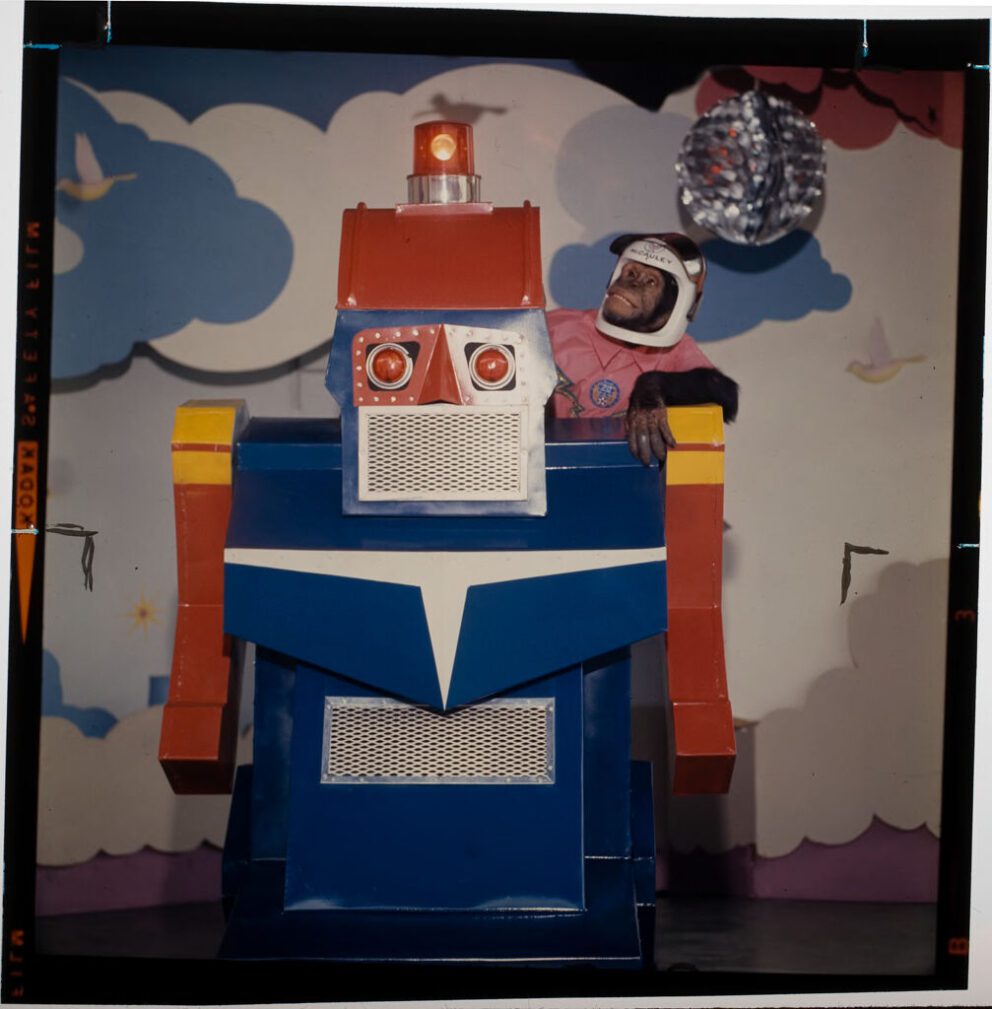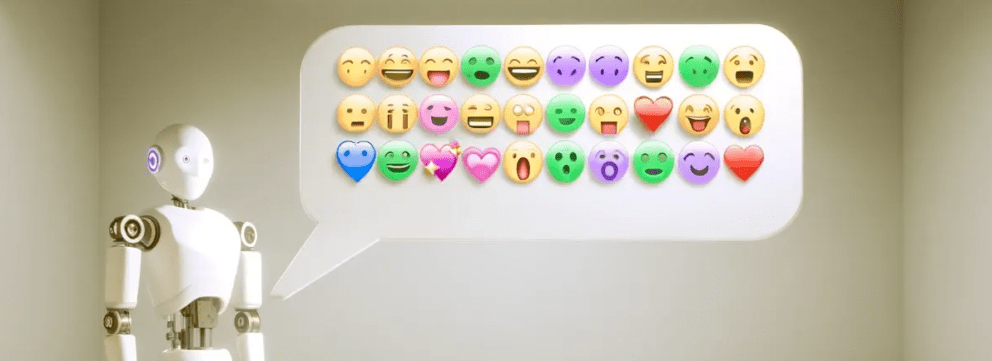Over-Reliance on AI Tools in Business Pt. 2 Strategies for Mitigation and Prevention

Summary
This blog offers strategies to avoid over-reliance on AI tools, emphasizing the need for balancing human input and enhancing AI training to maintain creativity and quality.
By Karla Sanders, Engagement Manager at Heinz Marketing
As we explored in the first part of this series, the technical perspective of over-reliance on AI tools reveals significant challenges, including feedback loops that degrade content quality, propagate biases, and stifle creativity. Understanding these technical pitfalls is crucial, but equally important is knowing how to mitigate and prevent over-reliance on AI tools in your business operations. This second part will provide actionable strategies to ensure AI remains a valuable asset without compromising the unique strengths of human creativity and judgment.
Check out this essential guide to help you kickstart your journey towards becoming an AI-driven organization.
Balancing Human and AI Input
- Augment, Don’t Replace AI tools should enhance human capabilities, not replace them. Use AI to handle repetitive and time-consuming tasks, freeing up human employees to focus on strategic, creative, and critical thinking activities. For instance, let AI draft initial content that humans can refine and personalize.
- Human Oversight Ensure that human oversight is a fundamental part of your AI workflow. Regularly review and edit AI-generated content to maintain quality, originality, and relevance. This not only prevents the propagation of errors and biases but also infuses a human touch that AI cannot replicate.
Enhancing AI Training and Usage
- Diverse and High-Quality Training Data To avoid the pitfalls of feedback loops, ensure your AI models are trained on diverse and high-quality datasets. Incorporate a mix of human-created and AI-generated content, but prioritize the former to maintain originality and depth in your outputs.
- Regularly Update Training Data Continuously update the training data to reflect the latest trends, language usage, and industry developments. This practice helps in maintaining the relevance and accuracy of AI outputs, preventing stagnation and degradation in quality.
- Bias and Error Audits Conduct regular audits to identify and correct biases and errors in AI-generated content. Implementing robust quality control measures can mitigate the risk of perpetuating misinformation or skewed perspectives.
Fostering a Culture of Creativity and Innovation
- Encourage Human Creativity Foster a workplace culture that values and encourages creativity and innovation. Provide employees with opportunities to engage in brainstorming sessions, creative projects, and professional development activities. Highlight the importance of human ingenuity in complementing AI capabilities.
- Cross-Disciplinary Collaboration Promote collaboration between AI specialists and other departments, such as marketing, content creation, and customer service. This cross-disciplinary approach ensures that AI tools are used effectively and creatively across the organization.
Strategic Integration of AI Tools
- Pilot Programs and Gradual Integration Before fully integrating AI tools, conduct pilot programs to test their effectiveness and identify potential issues. Gradual integration allows for adjustments and improvements based on real-world feedback and performance.
- Transparent Communication Maintain transparency with stakeholders about the use of AI tools in your business operations. Clear communication helps manage expectations and fosters trust in AI’s role within the organization.
- Continuous Learning and Adaptation AI technology is rapidly evolving, and staying updated with the latest advancements and best practices is essential. Invest in continuous learning and adaptation to ensure your AI strategy remains effective and forward-thinking.
AI tools offer immense potential for enhancing business operations, but over-reliance can lead to significant challenges. By balancing human and AI input, enhancing AI training and usage, fostering a culture of creativity and innovation, and strategically integrating AI tools, businesses can mitigate these risks and leverage AI’s full potential. As we move forward in this AI-driven era, the key lies in using AI as a powerful ally that complements and enhances human capabilities rather than replacing them.
The Next Step
At Heinz Marketing, we’ve partnered with numerous B2B clients to develop customized business strategies tailored to their industry, market position, and unique challenges. If you’re looking to harness the power of AI while ensuring a consistent and effective approach, we’d love to help. Contact us for a complimentary 30-minute consultation at acceleration@heinzmarketing.com. Let’s explore how we can support your journey towards intelligent AI integration.







